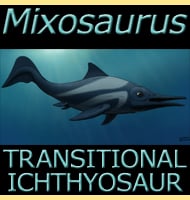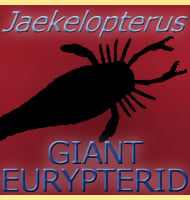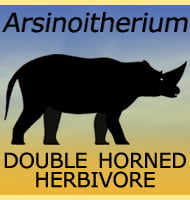In Depth
Tristychius is often described as being similar to a dogfish, and featured a strongly upturned caudal fin. Like many other early prehistoric sharks, Tristychius had spines in front of both the first and second dorsal fins. The highly developed nature of these spines suggests that they were for defence rather than to support the dorsal fins themselves.
Further Reading
– Recherches Sur Les Poissons Fossiles. Tome III (livr. 8-9). – Imprim�rie de Petitpierre, Neuchatel viii-72. – Louis Agassiz – 1837. – On a Hybodont Shark (Tristychius) from the Calciferous Sandstone Series of Eskdale (Dumfries-Shire). – Quarterly Journal of the Geological Society, 80, 338-342. – Arthur Woodward Smith – 1924. – On the Carboniferous shark Tristychius arcuatus Agassiz from Scotland. – Earth and Environmental Science Transactions of the Royal Society of Edinburgh 70 (4). – John R. F. Dick – 1977.










